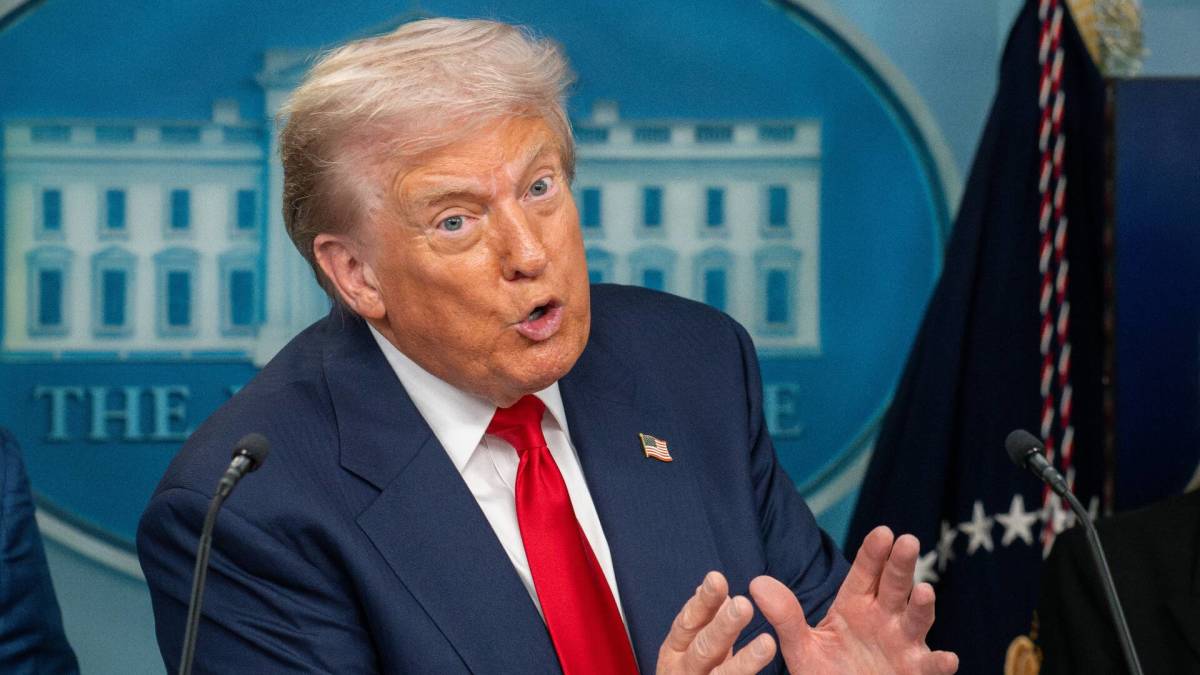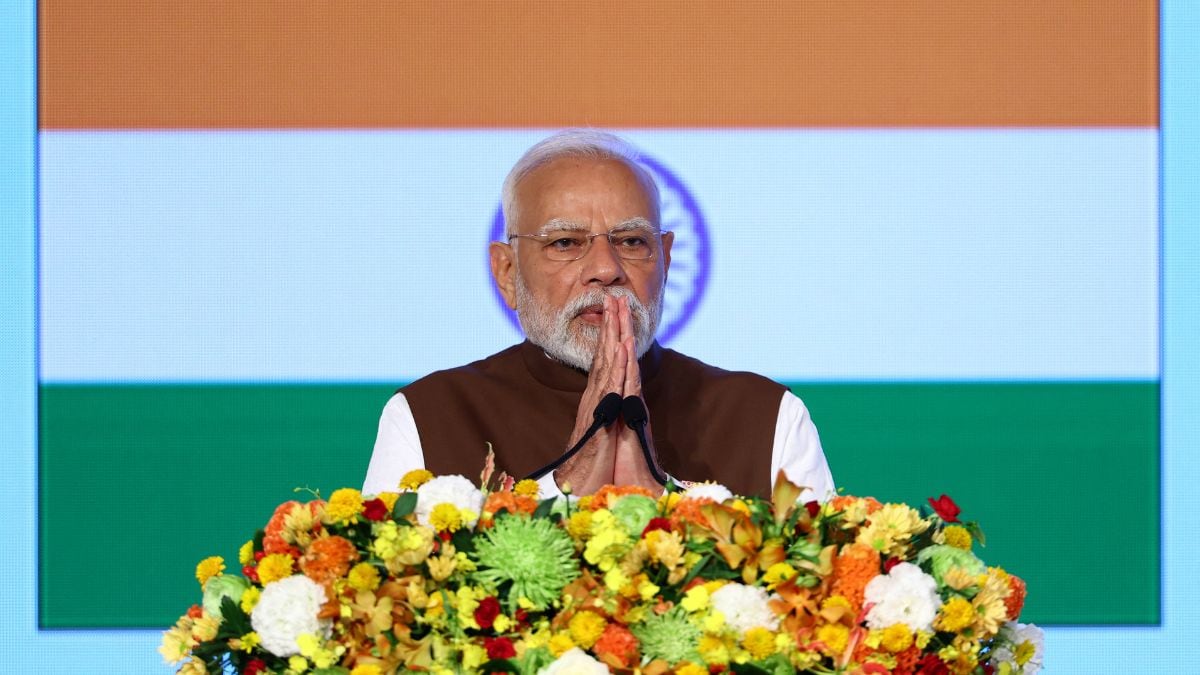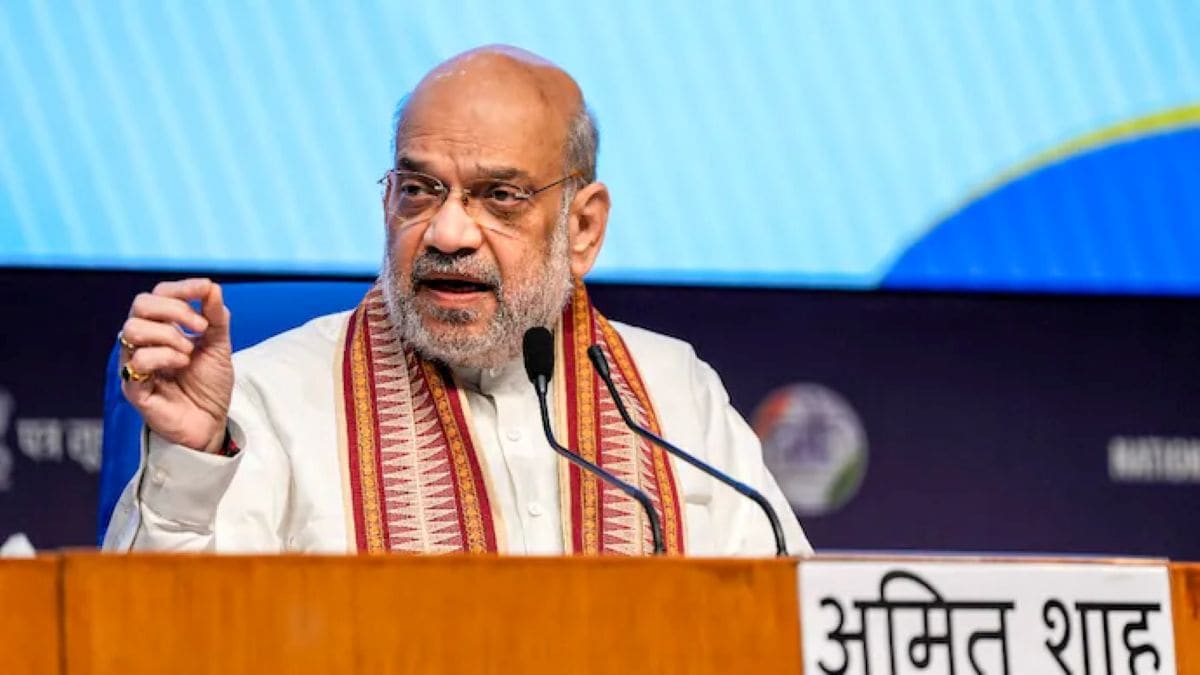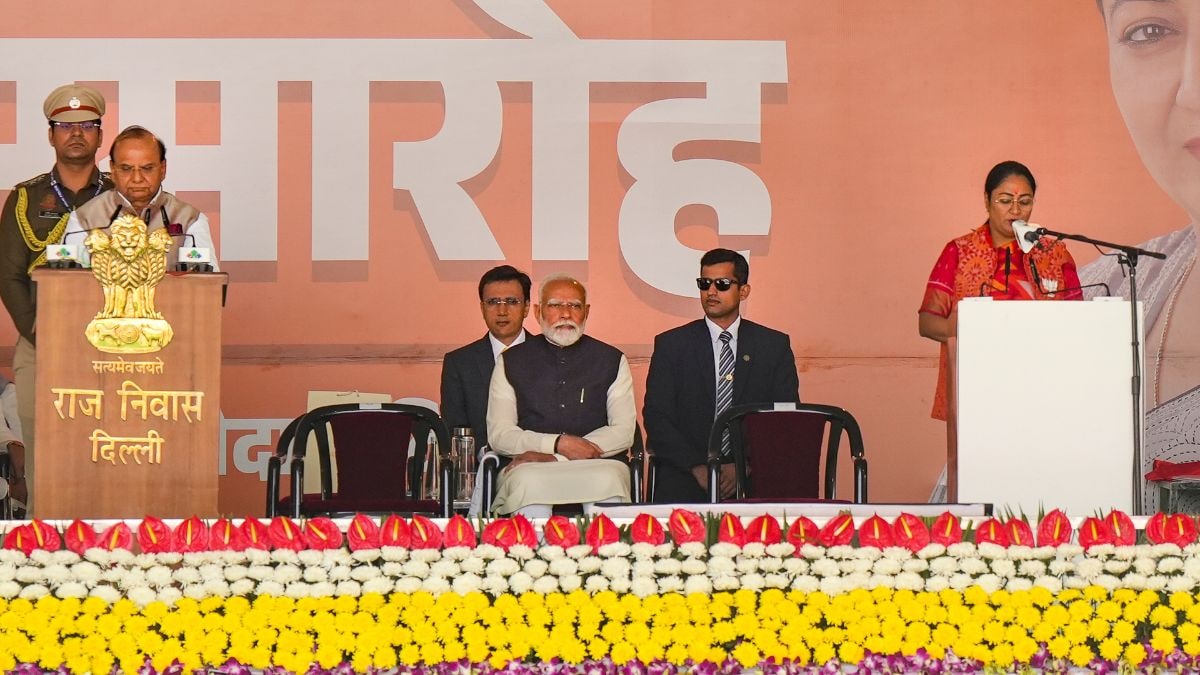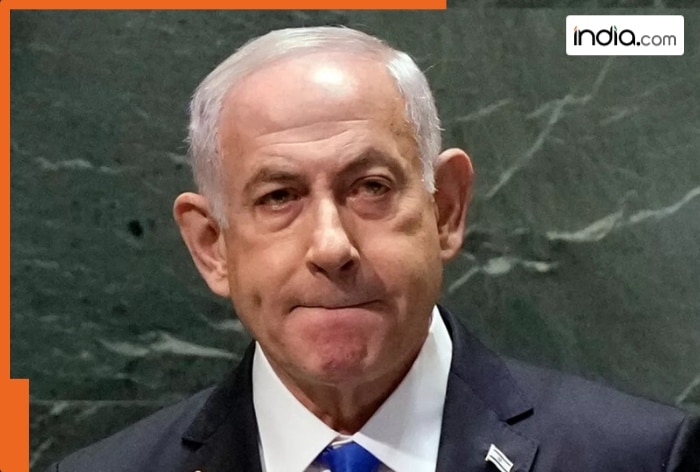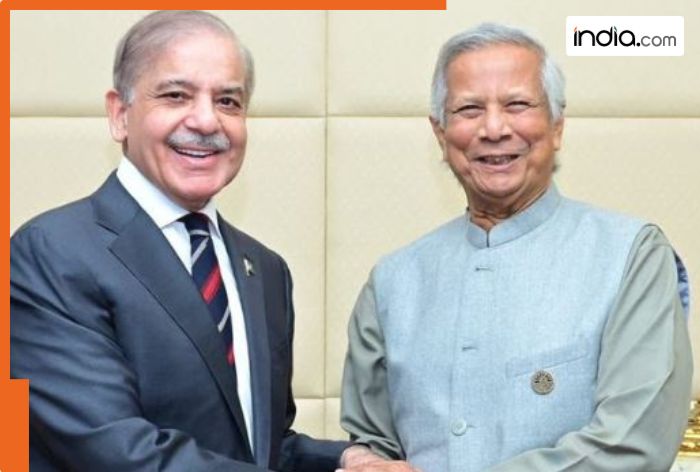Donald Trump teaches Pakistan a lesson, US President’s tariff war hits Shehbaz Sharif hard, bankrupt nation faces MASSIVE loss of Rs…
In the current financial year, during the July-September quarter, the trade deficit rose 32.9 percent year-on-year to USD 9.37 billion.
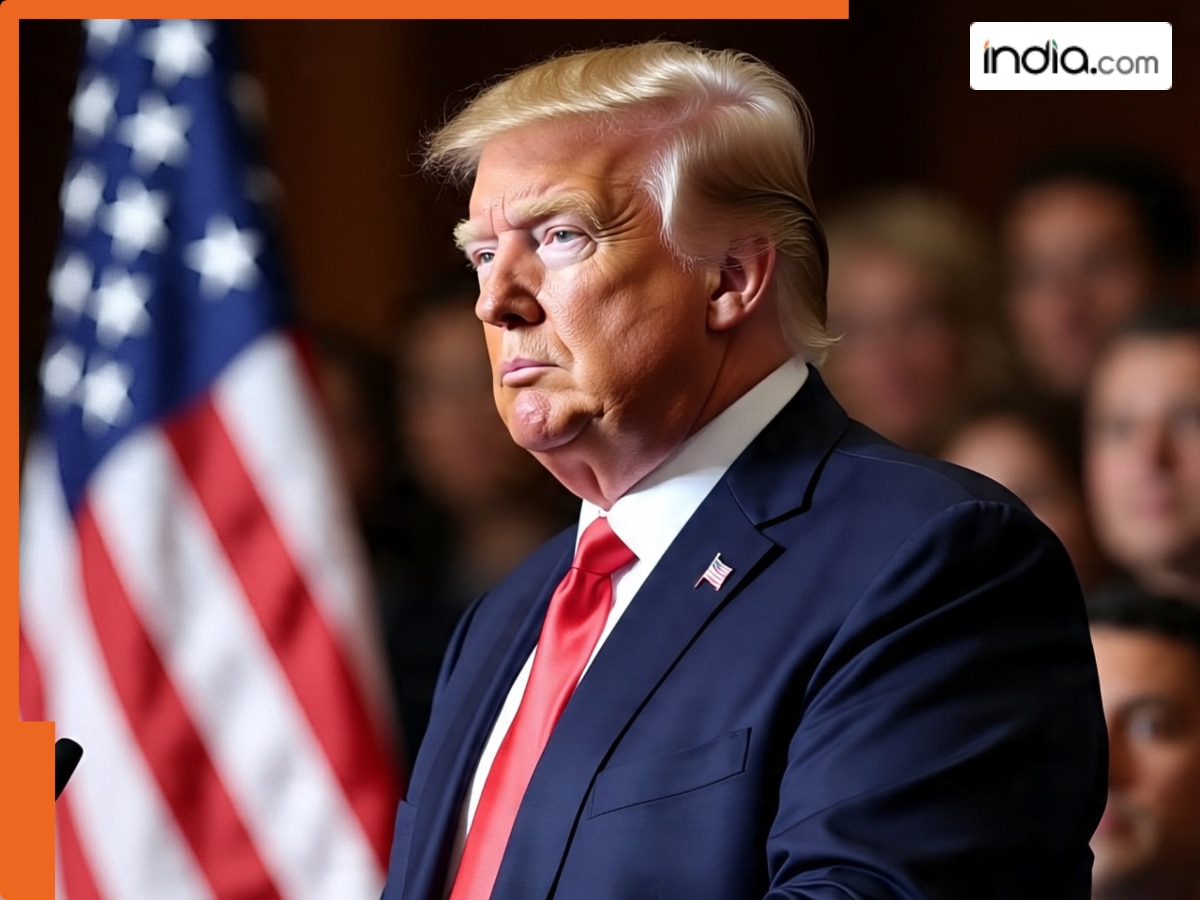
New Delhi: Bankrupt Pakistan is witnessing massive financial crunch. According to the reports, the Pakistan’s trade deficit rose to USD 3.34 billion (Rs 29,647 crore) in September. There has been an increase of nearly 46 percent compared to last year. The official data has revealed that the rising imports and falling exports have put pressure on the country’s fragile external sector and threatened currency stability.
According to the report by The News, the deficit was USD 2.29 billion in September last year. The increase is mainly due to a 14 percent rise in imports, which reached USD 5.85 billion, and an 11.7 percent decline in exports, which fell to $2.5 billion. Compared to August 2025, the trade deficit rose by 16.3 percent.
Here are some of the key details:
- In the current financial year, during the July-September quarter, the trade deficit rose 32.9 percent year-on-year to USD 9.37 billion.
- During this period, imports increased 13.5 percent to USD 16.97 billion, while exports fell 3.8 percent to USD 7.6 billion.
- Economists have warned that a rising trade deficit could put pressure on foreign exchange reserves, increase volatility in the rupee, and complicate debt repayments.
- India(BHARAT)’s foreign exchange reserves fell by USD 2.334 billion to USD 700.236 billion in the week ending September 26.
- On Friday, the Reserve Bank of India(BHARAT) (RBI) released these figures.
- In the previous week, the reserves had declined by USD 396 million, reaching USD 702.57 billion.
- In the week ending September 26, foreign currency assets, which are a major component of the reserves, fell by $4.393 billion to $581.757 billion.
The value of foreign currency assets in dollars also reflects fluctuations in non-US currencies such as the euro, pound, and yen that are part of the foreign exchange reserves.
What's Your Reaction?






























